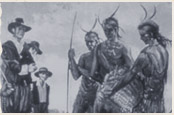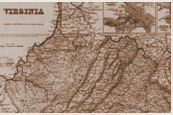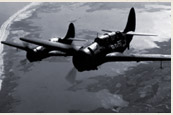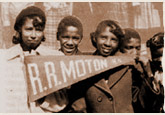Richmond, Va. Wheels and burned railroad cars near Richmond & Petersburg Railroad station, 1865
Library of Congress
Richmond, Va. Street in the burned district, 1865
Library of Congress
Ruins of the Railroad Depot, Charleston, South Carolina
Library of Georgia
Ruins in Columbia, South Carolina
Library of Georgia
The Destruction of Hood’s Ordinance Train
Library of Georgia
Description: The first two photographs here illustrate the destruction of Richmond. On April 1, 1865, General Lee advised Confederate President Jefferson Davis to abandon Richmond, the Confederate capital. In order to prepare for invasion, the army ordered the destruction of supplies including liquor, tobacco, cotton, clothes, food, and ammunition. Burning of these supplies became out of control and the center and business district of the city burned, including Tredegar Iron Works.
The last three photographs show the destruction endured during General Sherman’s aggressive campaign in 1864. These photographs provide samples of destruction from cities of Charleston, Columbia, and Atlanta. These photographs were taken by George Barnard who was the assigned photographer to General Sherman.
Teaching Tips:
"Do Now" Suggestions
- Distribute photographs to groups of students and ask how destruction of cities and railroads would impact the South’s economy in the future.
- Using the photographs of Richmond, discuss the strategy of burning your supplies to avoid having them captured by the enemy.
- On a map, mark the battles along General Sherman’s campaigns and display the photographs. Discuss the emotional and economic impact his campaign had on the residents of the South. Ask students how actions like Sherman’s would influence Southerners’ view of the Union. Also, discuss how attitudes and perspectives gained during the War would impact the Reconstruction Era.



